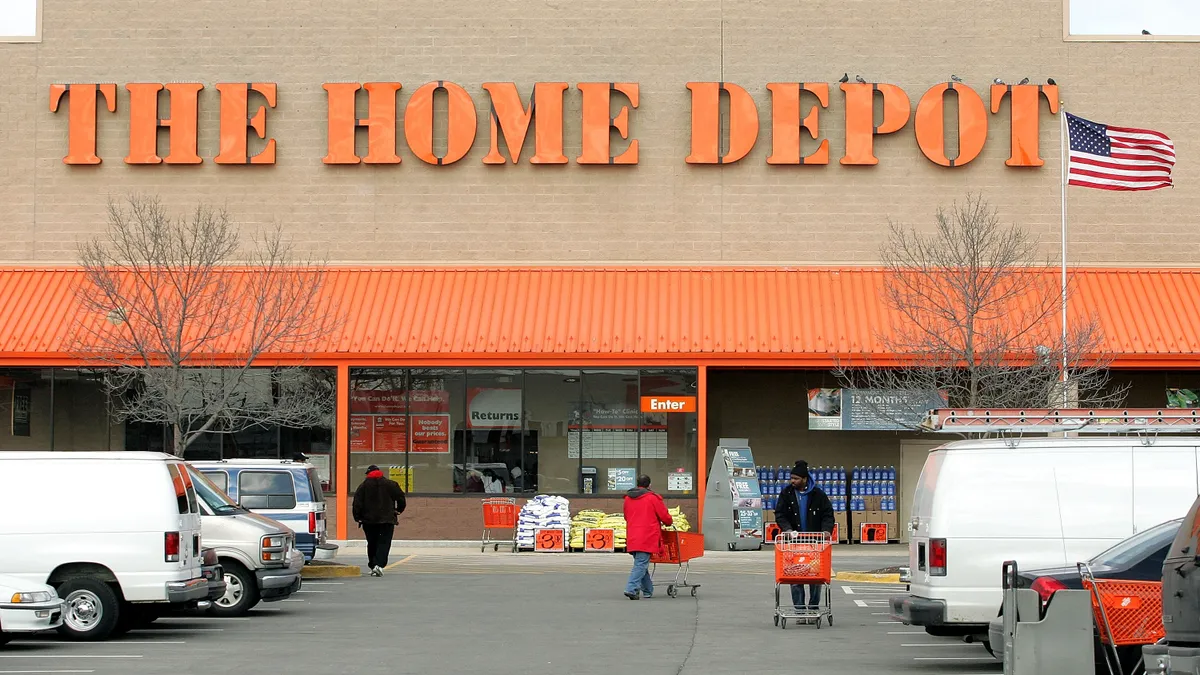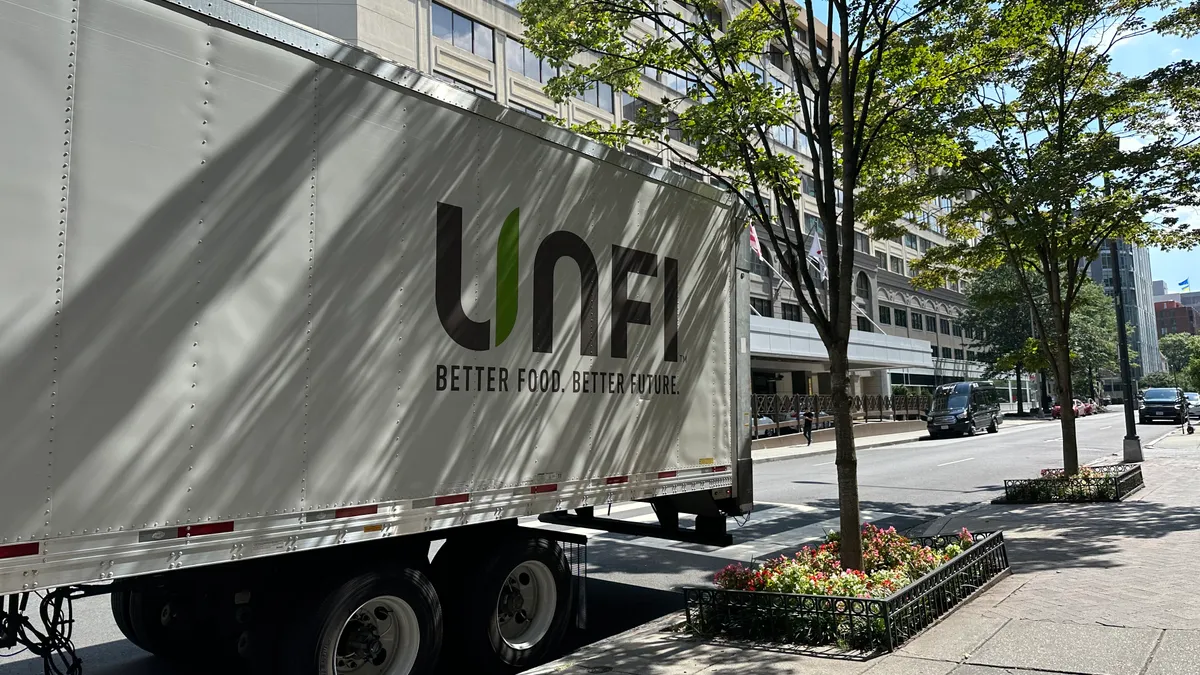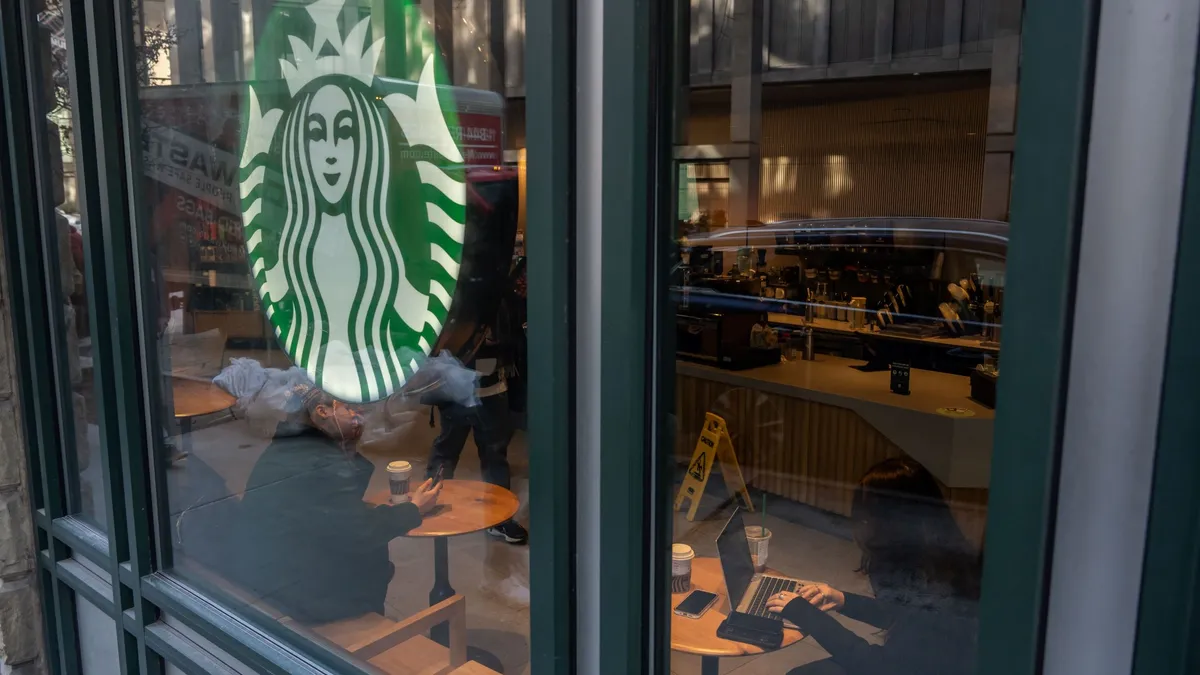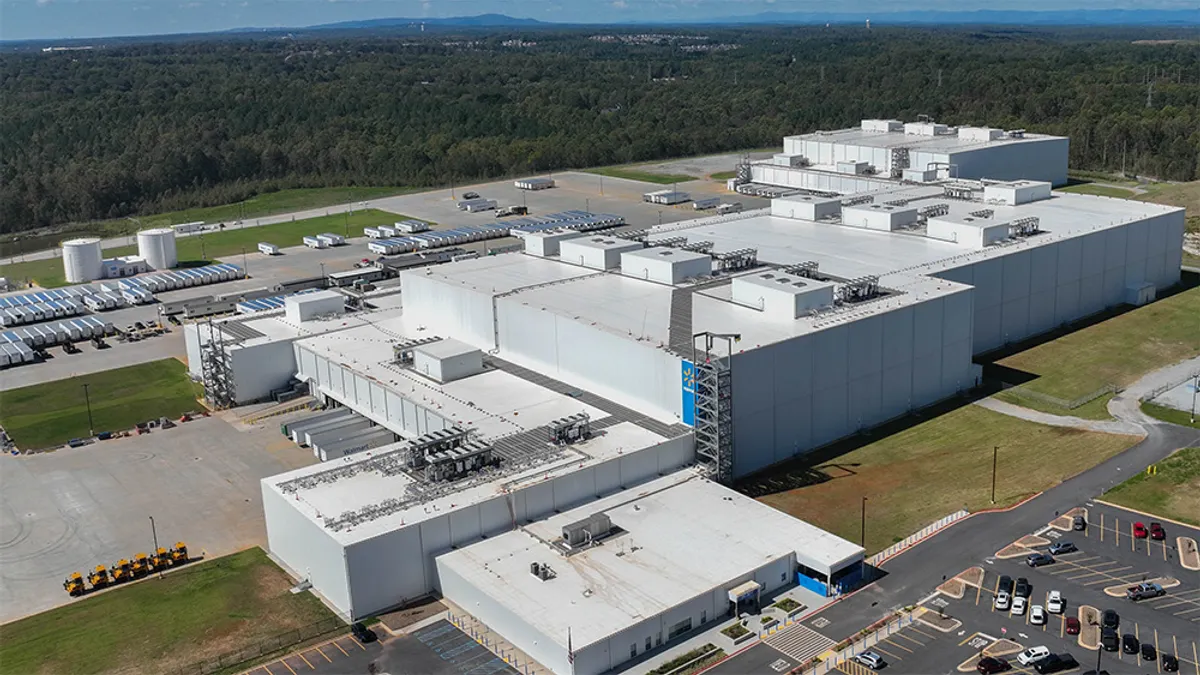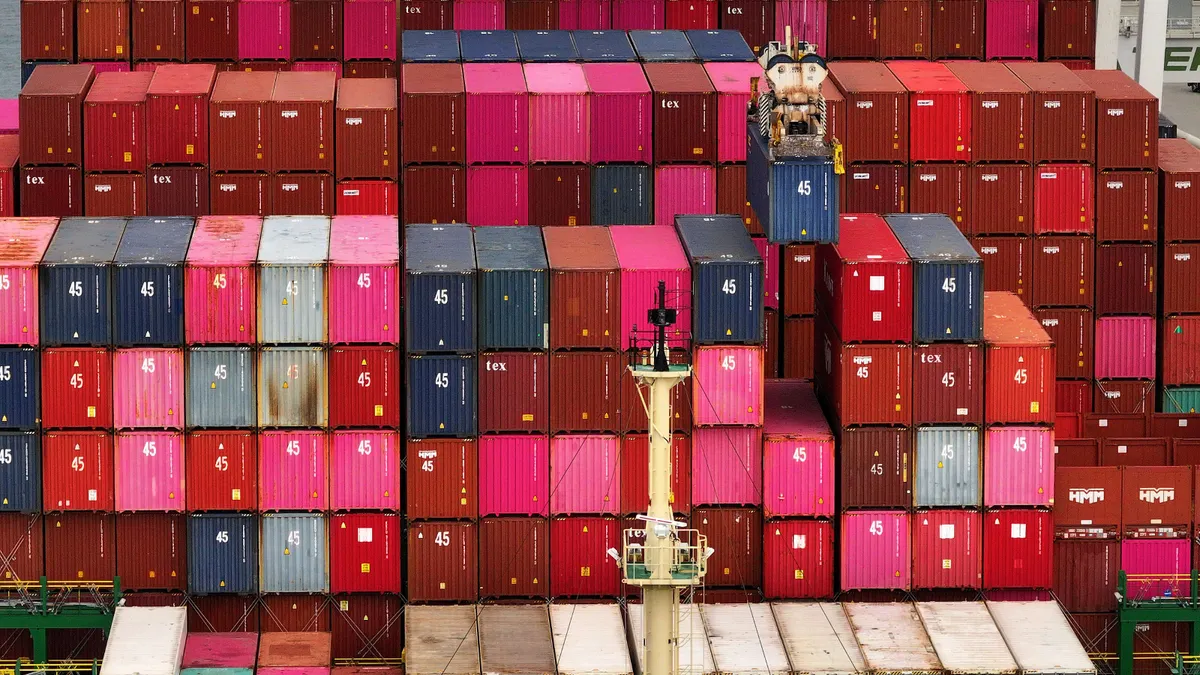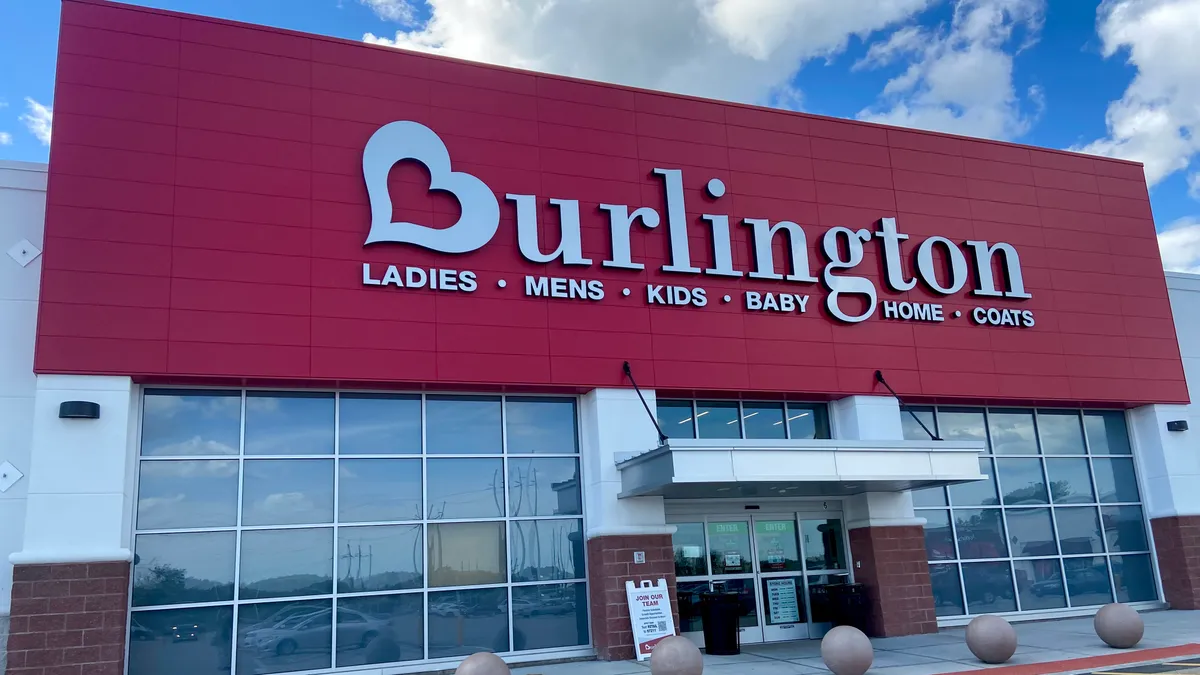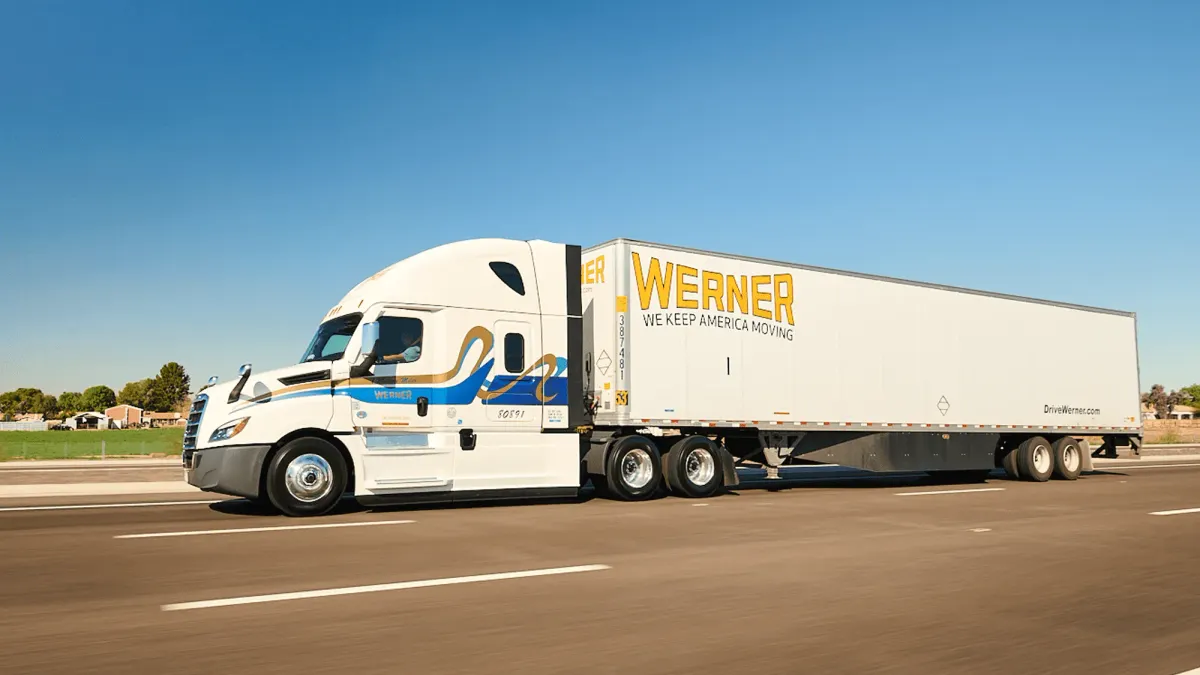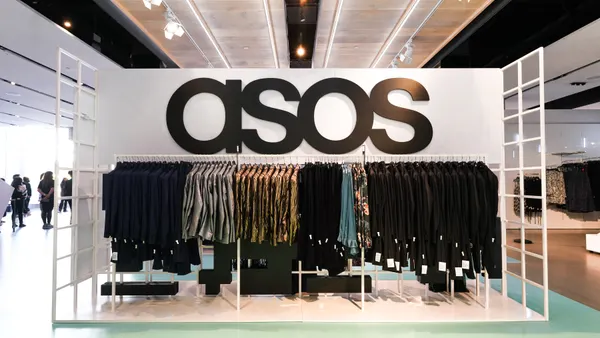The Home Depot uses the Freight Logistics Optimization Works platform to anticipate and mitigate potential capacity crunches, which affects import flow.

When Home Depot joined FLOW in 2022, the platform was created as a data-sharing solution to ease cargo flow during the COVID-19 pandemic.
Sarah Galica, VP of transportation, spoke with Supply Chain Dive about how the federal platform helped it build better relationships with other logistics providers, and how the company uses data-sharing.
Check out the Q&A below for more insights on how Home Depot plans to leverage FLOW and navigate future disruptions.
Editor’s note: This interview has been edited for clarity and brevity.
SUPPLY CHAIN DIVE: How has FLOW helped the company's supply chain operations and logistics?
SARAH GALICA: When used as an import capacity modeling tool, it's helping us to provide better insights into potential capacity crunches that we may see. We're still working through how it's going to add a lot of value into our day-to-day decision making. But the team has been working on that for quite some time to validate, get the right information, and how do we leverage some of those signals.
I think the biggest thing for us is the kind of the relationships that we've been able to build through the program. With other [Beneficial Cargo Owners], ports, and other logistics providers, we get to talk about best practices and talk about visibility, and then just really get a seat at the table.
Do you connect with ocean carriers or what type of people are you working with?
The FLOW committee, they share the information with us. We bring it into our own internal modeling and what we do is look to forecast how much we're going to have importing from any given port to any given port in the U.S.
Right now, it's not a problem because capacity is plentiful, but during the pandemic the biggest issue was we saw capacity really tighten and we could only see our own data. And so if we'd had this information during the COVID crisis, we could have been able to potentially move to other ports or source from different areas if we had that information at the time.
A recent impact to ocean shipping was the bridge collapse near Baltimore. Was Home Depot affected? If so, did the FLOW program help mitigate possible delays?
Home Depot has two distribution centers very close to the bridge. But from a domestic transportation [view], there's an alternative bridge so it really didn't impact our ability to bring associates to the facility or deliver to our customers. We use a very small amount — less than 1% of our import volume goes into Baltimore. Compared to some other industries we weren't nearly as impacted.
We were able to get on a call with the [Department of Transportation] right away and understand what they're doing to help alleviate the situation. They coordinated with all the other ports in the area to make sure they had enough capacity so you could see the work that they were doing, but it just didn't have a big impact to Home Depot.
Why did Home Depot feel the need to become a FLOW member?
At Home Depot, we feel strongly about making sure we're working with all of our partners.
As a big importer we also felt that it was our responsibility to make sure we're sharing our data. We felt confident that they were sanitizing the information so there’s no concerns about our exact information getting out to other people from a competitive standpoint. This is us doing our part and then seeing what type of information or insights we can gather from the data that they're outputting to us.
What kind of data is Home Depot sharing?
It's essentially a high level view of our forecasted receipts. And we've provided — I don't remember exactly what level of detail — a forecast of how much we're going to be bringing into any individual port from overseas. It's based on our own internal forecasts and they tie that with all the other large BCOs and ocean carriers on what they are sharing as well from high level bookings to get a better idea of where they're going to see the volume on the U.S. side.
Can you give an example of an issue Home Depot faced and was able to solve using the FLOW program?
It was helpful to be connected with them during some of these crises with the Red Sea, the Panama Canal, but for the most part, we work directly with our ocean carriers to adjust the work volume to other places. So we didn't necessarily leverage FLOW for that.
To solve the issue specifically, the Red Sea and Panama Canal, we talked directly to the Panama Canal and we talked with our ocean carriers. We coordinated with them to divert the volume that we needed to divert.
Anything else you’d like to add?
I have a senior director on my team who is actually on the executive board for the FLOW program. His name is Dan Gross and he is one of 19 other BCOs and carriers. He's excited about being part of that, such as helping shape the future of the different use cases for the data and how we're going to make sure that the private sector is getting value from the program. We're excited to be a part of that and he's going to be attending an annual FLOW meeting in a couple of weeks in DC.



